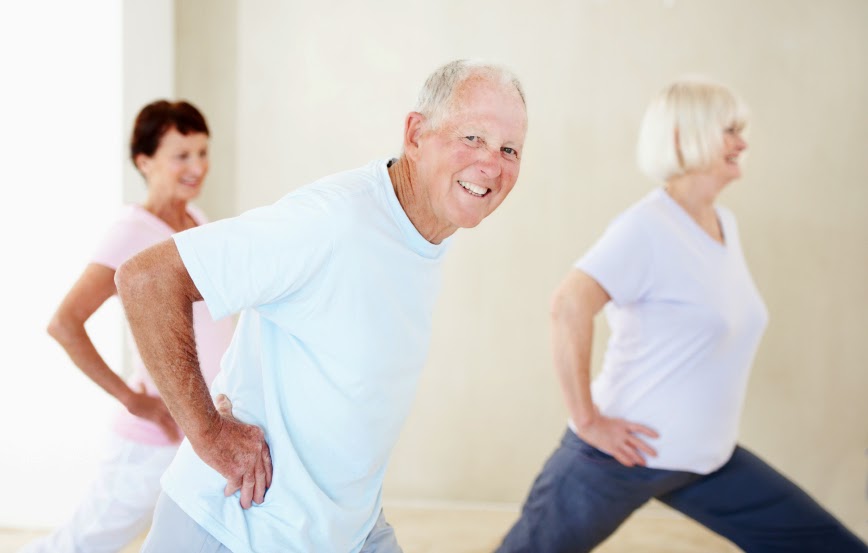Cycling competitively, to work or just for the enjoyment of it is an excellent way to keep in shape and enjoy the outdoors, but it’s no fun at all if your back hurts. Back pain or discomfort while riding a bicycle can result from various factors, such as poor riding posture, a poorly fit bicycle, the wrong-sized bicycle or even from a pre-existing injury. Like any other physical activity, cycling requires some conditioning and adaptation, and if you’re just starting out in this sport, you may want to seek out more information before strapping on your helmet.
Importantly, if you experience recurrent or prolonged back pain while cycling or even afterwards, make sure to seek prompt assessment and treatment. There are also some simple adjustments you can make to keep riding easy, prevent injury or prevent an existing injury from progressing to a more serious problem. Often, simple fixes like adjusting your seat or correcting your posture could help. Read on for helpful tips!
1. Take it easy
Whether you are training for a race or simply working towards your personal best, be careful not to overdo it. On long rides, make sure to take breaks as needed, hydrate and do some stretches or move about. Check out our Resources section for excellent stretches for athletes.
2. The right fit for your needs
Touring, road racing or all-terrain – there is a bike for every rider. Make sure you have the bike that suits your needs. What terrain will you be riding on? How long will your trips be? Are you looking for comfort or speed? When you buy a new bike, or take yours for maintenance, ask to have your bike properly fitted for your individual frame.
3. Posture
While riding, keep a neutral spine by bending at the hips and avoiding the “hunch” in your mid-back. If possible, avoid excessive movement from your upper body and use your back as a fulcrum instead.
4. Core Strength
Having well-conditioned abdominal and back muscles will help to support your upper body while riding and minimize excessive swaying. Your chiropractor can help to guide you and recommend exercises that are targeted to your core, as well as exercises to enhance your overall conditioning.
5. Adjust your bike to your frame
Minor adjustments can make a huge difference. Different styles of bikes require different riding postures, however, this infographic provides a quick reference for general adjustments that can help ensure a relaxed, comfortable posture while riding your bicycle.









